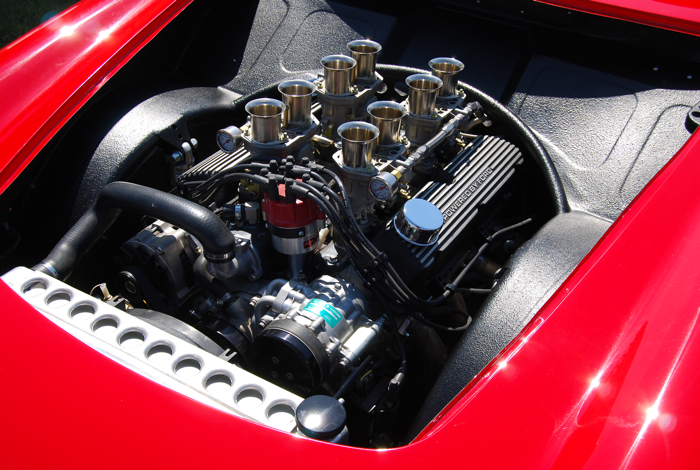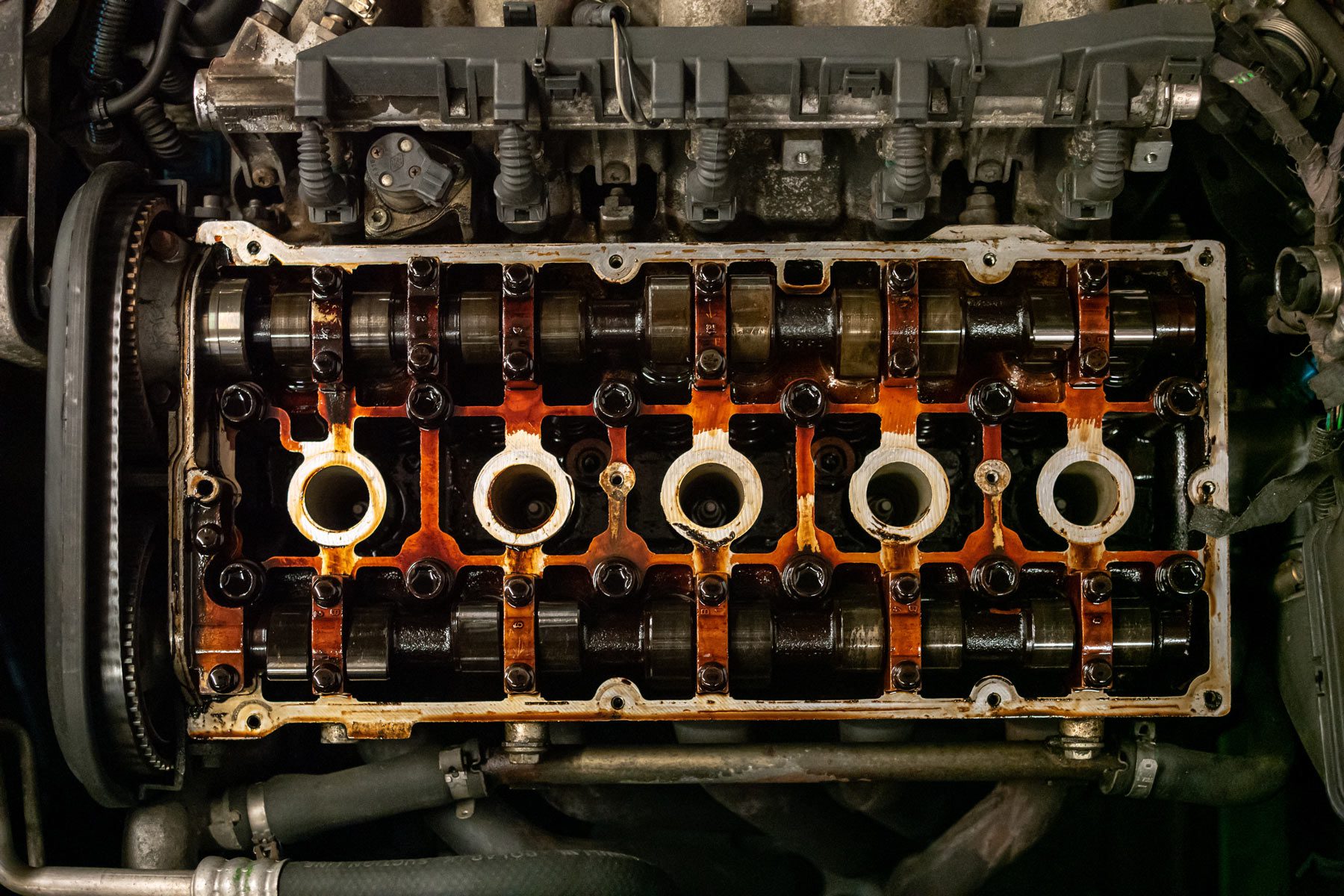Opel Corsa Engine: Common Issues and Exactly How to Deal with Them
Opel Corsa Engine: Common Issues and Exactly How to Deal with Them
Blog Article
Effective and effective Little Car Motor Performance Analysis
Analyzing the performance of little auto motors is a nuanced task that needs a keen eye for information and a deep understanding of auto design concepts. By examining key metrics such as horsepower and torque, as well as assessing fuel effectiveness, we can reveal understandings right into just how tiny car engines can be optimized for peak efficiency.

Small Vehicle Motor Efficiency Metrics
In analyzing the efficiency of tiny vehicle motors, vital metrics such as acceleration, fuel efficiency, and power output play a vital duty in establishing their total performance and viability for various driving problems. Velocity, determined in seconds from 0 to 60 miles per hour, suggests exactly how swiftly a little cars and truck can get to higher speeds, which is vital for merging onto highways or overtaking other cars. Fuel effectiveness, typically gauged in miles per gallon (MPG), mirrors just how far a little vehicle can travel on a gallon of fuel, impacting running prices and ecological sustainability. Power outcome, revealed in horsepower (HP) or kilowatts (kW), symbolizes the engine's ability to generate the necessary pressure to thrust the automobile, influencing its performance in numerous roadway conditions. By assessing these performance metrics comprehensively, suppliers, motorists, and vehicle enthusiasts can make enlightened choices concerning the option and optimization of tiny automobile electric motors to satisfy their specific needs and preferences.

Horse Power and Torque Analysis
With a basic function in recognizing small auto motor torque, horse power and performance analysis gives insight into the engine's power distribution attributes. Horsepower is a dimension of the engine's capability to do function over time, representing the rate at which job is done. In the context of tiny automobile electric motors, horse power is critical for figuring out velocity, full throttle, and general efficiency. Torque, on the various other hand, measures the engine's rotational force, suggesting its capacity to get over resistance. Tiny car engines with higher torque values normally really feel more responsive and supply much better velocity, making them ideal for city driving and overtaking maneuvers. When examining horsepower and torque in little cars and truck electric motors, it is essential to consider exactly how these metrics communicate to provide a effective and well balanced driving experience. By comprehending the relationship in between horsepower and torque, automotive designers can enhance engine efficiency to satisfy the particular requirements of little auto applications.
Fuel Performance Assessment
The analysis of fuel effectiveness in tiny car electric motors plays a vital role in identifying their environmental and financial impact. Gas effectiveness describes the ability of a lorry to use gas efficiently in regard to the distance took a trip. In small auto motors, where small dimension typically associates with much better gas economy, numerous factors influence performance. Engine design, weight, the rules of aerodynamics, and driving problems all contribute to just how efficiently gas is eaten.
Tiny auto electric motors that accomplish higher MPG ratings are considered more fuel-efficient, resulting in price financial savings for motorists and minimized discharges that benefit the environment. Suppliers consistently make every effort to enhance fuel performance via improvements in engine innovation, lightweight products, and aerodynamic designs.

Enhancing Little Vehicle Engine Performance
Enhancing the efficiency of tiny cars and truck engines is vital in optimizing performance and minimizing functional expenses. Optimizing small auto engine efficiency involves an all natural technique that thinks about Going Here various variables such as engine style, gas administration systems, and overall lorry dynamics. One vital aspect of optimizing engine efficiency is making sure proper upkeep schedules are adhered to, including normal oil modifications, filter replacements, and ignition system evaluations. In addition, adjusting the engine to operate at its peak performance can substantially enhance general efficiency.
Another crucial variable in enhancing small car engine efficiency is the usage of advanced modern technologies such as turbocharging or hybrid systems. These technologies can enhance power output without endangering gas efficiency, giving a balance in between performance and economy. Moreover, optimizing engine efficiency also entails enhancing burning efficiency, lowering frictional losses, and boosting thermal administration systems.
Future Trends in Small Automobile Motors
In light of advancing auto modern technologies and the constant search of optimal little auto engine performance, an expedition of future fads in small automobile electric motors becomes critical - opel corsa engine. other One prominent pattern coming up is the increasing combination of electrical powertrains in tiny automobiles. As the vehicle sector shifts towards sustainability and minimized exhausts, even more tiny vehicle producers are spending in electrical motor technology to boost effectiveness and ecological kindness
An additional significant trend is the development of smaller yet much more powerful turbocharged engines for little cars and trucks. By scaling down engine abilities and including turbocharging modern technology, automakers can achieve greater power results while preserving gas efficiency. This pattern straightens with the growing customer need for tiny cars and trucks that supply a dynamic driving experience without jeopardizing on gas economic situation.
Moreover, the appearance of crossbreed powertrains in little vehicles is anticipated to get traction in the future. Crossbreed systems offer the benefits of both inner combustion engines and electrical motors, supplying enhanced performance and gas effectiveness. As innovations in battery technology proceed, small auto motors are likely to end up being a lot more effective and powerful, providing to the evolving demands of consumers and governing requirements for cleaner transport solutions.
Conclusion
Finally, the analysis of small car electric motor efficiency metrics such as torque, horsepower, and gas effectiveness is vital in optimizing engine efficiency. By evaluating these variables, makers can improve the general efficiency and power outcome of small cars and truck motors (opel corsa engine). Future fads in small cars and truck motors are most likely to concentrate on improving efficiency while preserving gas efficiency, ensuring that read little cars continue to be a reliable and cost-effective selection for customers
By analyzing vital metrics such as horsepower and torque, as well as assessing gas effectiveness, we can uncover understandings right into how little auto engines can be optimized for peak performance. Enhancing tiny car engine performance includes an all natural approach that considers numerous variables such as engine style, gas administration systems, and overall vehicle dynamics.In light of advancing vehicle modern technologies and the continual pursuit of optimal small automobile engine performance, an expedition of future patterns in little auto electric motors becomes crucial.In verdict, the evaluation of little auto electric motor efficiency metrics such as horse power, torque, and fuel performance is crucial in maximizing engine efficiency. Future fads in little cars and truck electric motors are likely to focus on enhancing efficiency while keeping gas effectiveness, making sure that little vehicles continue to be a reliable and economical option for consumers.
Report this page